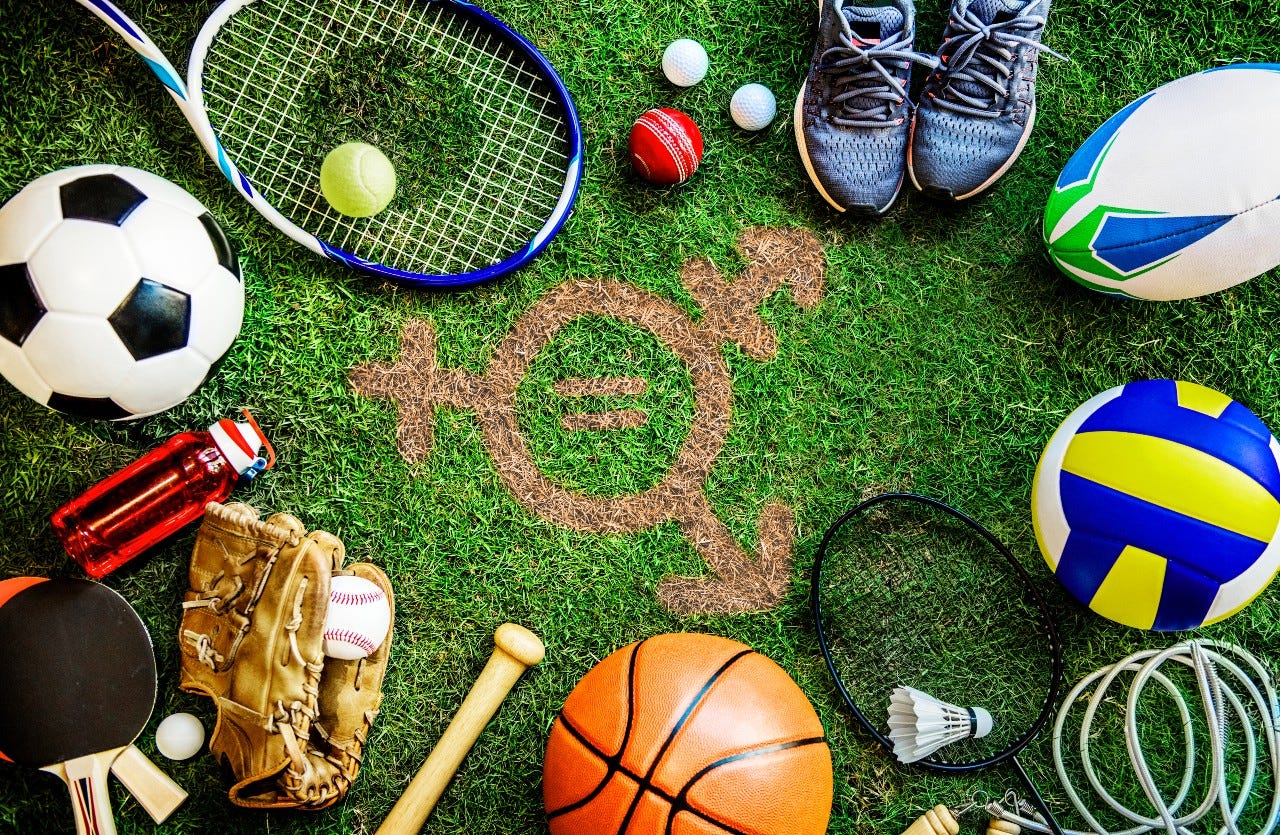‘Ain’t I an Athlete?’: ‘Protecting Women’s Sports’ Has Never Been About Protecting Black Women
The fight over who belongs in women’s sports will only increase the scrutiny of all female athletes — especially Black women and girls.
It’s an old playbook with new opponents. Black women athletes are often criticized as too aggressive, too strong, too much of everything except what white and sexist sports culture deems acceptable. Their bodies are analyzed, their confidence is seen as threatening, and their strength deemed suspicious.
Now, the same people performin…
Keep reading with a 7-day free trial
Subscribe to ContrabandCamp to keep reading this post and get 7 days of free access to the full post archives.




